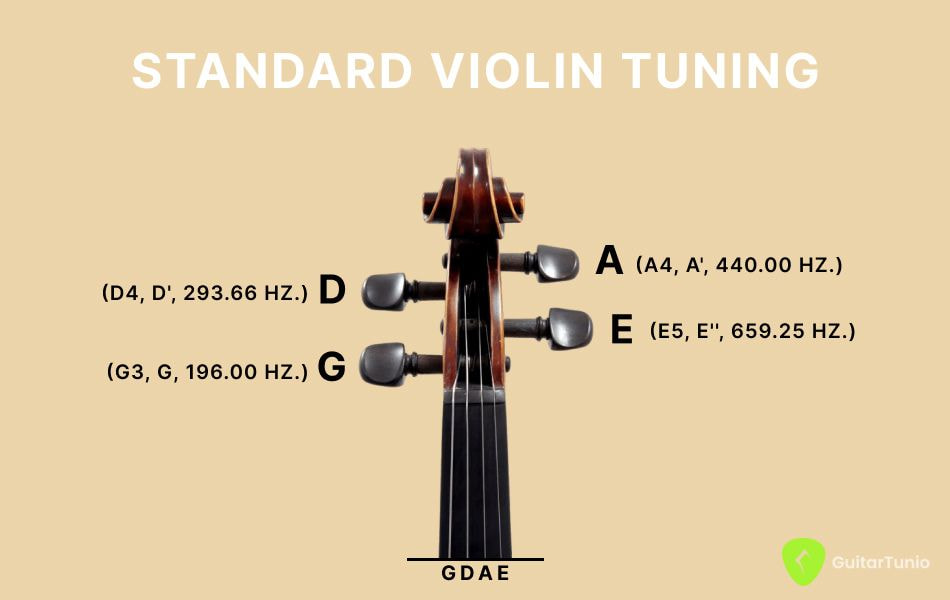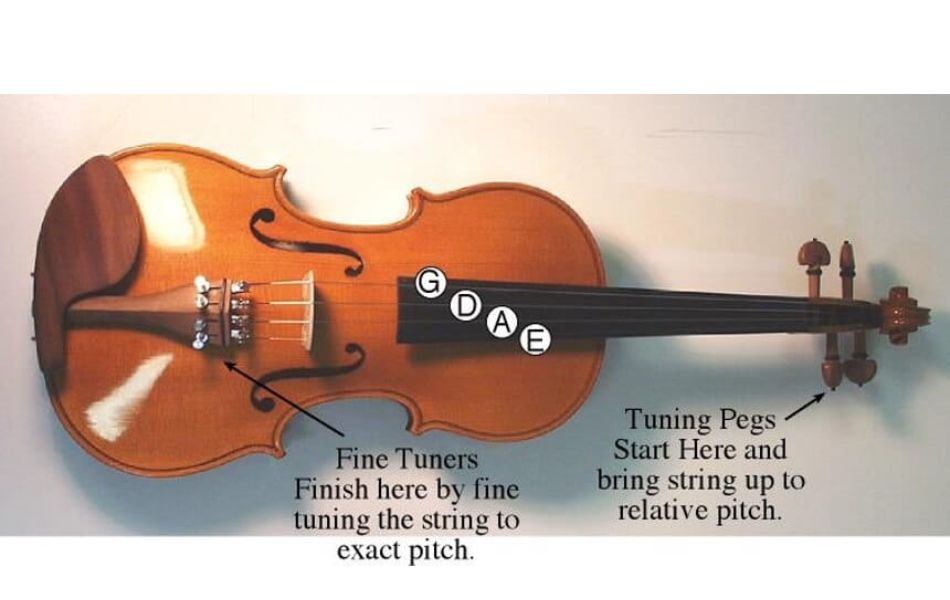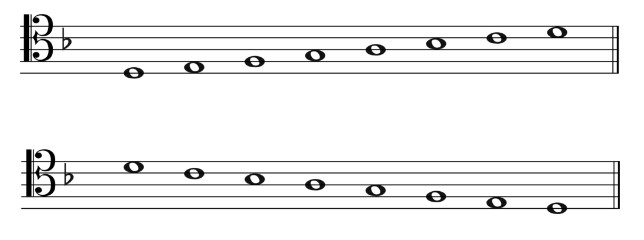Tuning the Melody: Violin Tuning Notes
As a violinist, one of the most fundamental and essential aspects of producing beautiful music lies in achieving precise and harmonious tuning. Each string on the violin carries a unique voice, and tuning them accurately is akin to orchestrating a melody that resonates with perfection. In this guide, we delve into the nuances of violin tuning notes, the techniques involved, and the profound impact it has on creating a captivating musical narrative.
What are violin tuning notes?
Features of violin
Every violin is equipped with four strings: G, D, A, and E. The G string is the lowest in pitch and the thickest, while the E string is the highest in pitch and the thinnest. These strings are strung from left to right in that order as you hold the violin facing you. For the viola, the strings are C, G, D, and A.
During the setup of a violin, the strings are carefully stretched along the length of the instrument and wound at the top using tuning pegs. While they possess a certain degree of elasticity, they are susceptible to snapping if stretched too tightly. The thinner strings, being more delicate, are particularly prone to snapping.
Violin tuning notes
In standard tuning for violin, the strings are tuned to the following pitches from lowest (thickest string) to highest (thinnest string):
- G string: G3 (196 Hz)
- D string: D4 (293.7 Hz)
- A string: A4 (440 Hz)
- E string: E5 (659.3 Hz)

How to tune your violin with tuning notes
When tuning violin tuning notes, it requires additional ear training. Without the tuner indicating whether the pitch is too high or too low, you must rely on your sense of hearing. Having a reference for how each string should sound and comparing it to the tuning notes can be beneficial.
Follow these steps to tune your violin using tuning notes:
- Activate the tuner to play an A note.
- Pluck your A string and observe how its pitch compares to the tuning note.
- Determine if your string's pitch is excessively high (requiring a decrease in pitch) or too low (requiring an increase in pitch).
- Adjust the tension of the string accordingly using either the fine tuners or tuning pegs.
- Repeat the process for the remaining strings.
However, what if you're uncertain whether your string's pitch is too high or too low? This is completely normal, especially in the beginning. Trust your instincts and make your best estimation. If you observe that while tuning, the pitch of your string is diverging further from the tuning note, adjust it in the opposite direction.

Finger chart of violin notes
Discovering the initial position involves positioning the violin with the scroll pointed upwards, allowing your index finger to naturally rest a full step (tone) along any of the open strings. The first two notes on every string are played using the index finger, followed by the middle finger for the next two notes, and then the fourth finger for the subsequent two notes.
The fifth finger's placement is pivotal as it produces the last note on each string. Interestingly, this final note aligns with the pitch of the next open string on the G, D, and A strings. To comprehend this better, experiment with playing on the fifth finger and compare it with the resonance of the open string during your practice sessions. Pay attention to their tuning and notice how the two sounds vary in tonality and resonance.
Once you've gained proficiency in the first position, advance your exploration. Shift your hand one step along the fingerboard, allowing your index finger to rest two tones along the open string. Congratulations, you've seamlessly transitioned into the second position! Continue this progressive method to identify the third position, adjusting your hand placement accordingly.
While the first, second, and third positions are the most frequently utilized in violin music, it's worth noting that the violin offers up to fourteen distinctive positions. Each position presents a realm of opportunities for musical expression, contributing to the richness and versatility of this magnificent instrument.
Tuning the violin is akin to tuning one's soul to the universe of melodies. Violin tuning notes have taken us on a voyage through the ethereal realm of harmonies and precise frequencies. Much like aligning stars in a constellation, tuning each string to its perfect pitch aligns the universe of sound, allowing the melody to bloom and flourish. As we conclude this exploration, remember that tuning is not merely an act of adjusting strings








